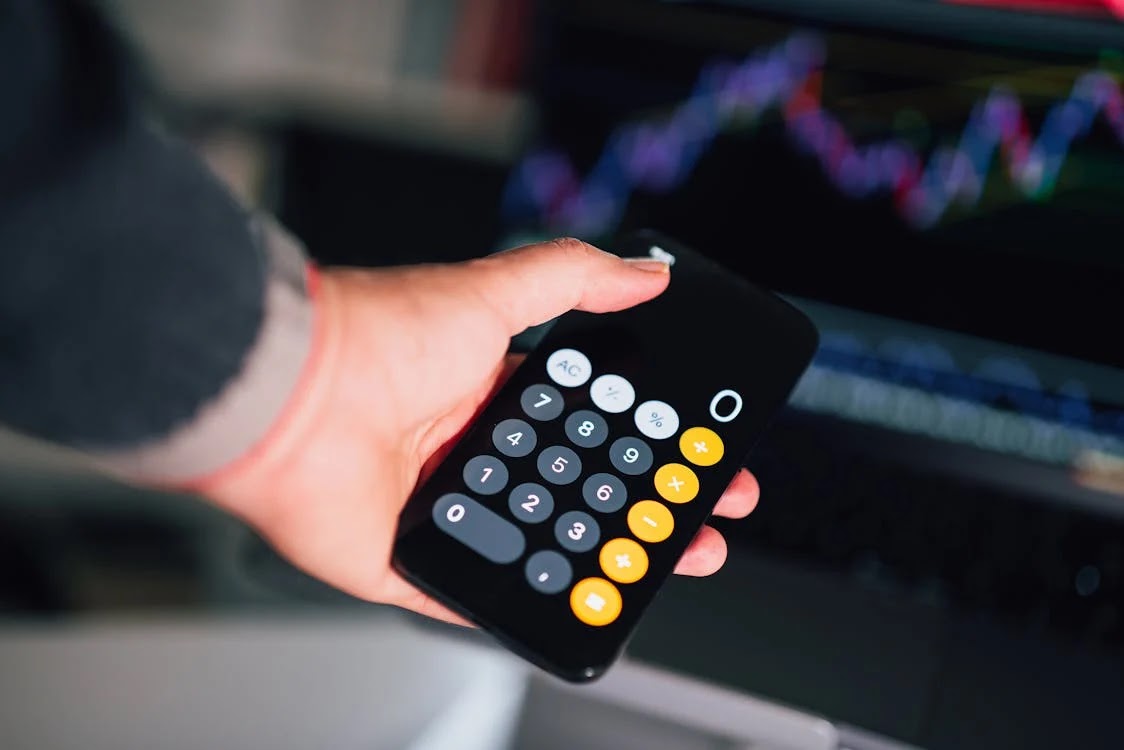Introduction to Forex Trading
Forex trading, also known as foreign exchange trading, is the process of buying and selling currencies in the global market. It's one of the largest financial markets in the world, with daily trading volumes exceeding $6 trillion. If you're new to Forex trading, this guide will walk you through the basics, helping you understand how the market works, and what steps you need to follow to get started.
Understanding the Forex Market
The Forex market operates 24 hours a day, five days a week, and involves the exchange of one currency for another. Major currencies include the US Dollar (USD), Euro (EUR), Japanese Yen (JPY), British Pound (GBP), and others. Trading typically occurs in pairs, like EUR/USD or GBP/JPY, with the first currency being the base currency and the second one being the quote currency.
Key Features of the Forex Market
- High Liquidity: Forex is the most liquid market in the world due to the high volume of trading.
- 24-Hour Market: The market operates continuously across different time zones.
- Leverage: Forex trading allows traders to control large positions with relatively small investments using leverage.
Step-by-Step Guide to Starting Forex Trading
Step 1: Learn the Basics
Before diving into Forex trading, it’s essential to learn the fundamental concepts, terms, and strategies. Start by understanding key terms like pips, leverage, lot sizes, and margin.
Step 2: Choose a Reliable Forex Broker
Your choice of broker can greatly affect your trading experience. Look for brokers who are regulated, offer a user-friendly platform, and have favorable trading conditions. We’ll cover how to choose a broker in more detail in a later section.
Step 3: Open a Trading Account
Once you've chosen a broker, you'll need to open a trading account. Most brokers offer several account types, including demo accounts for practice, and live accounts for real-money trading. Make sure to familiarize yourself with the account’s features, including fees, leverage options, and spreads.
Step 4: Develop a Trading Plan
A solid trading plan is key to success in Forex trading. This plan should outline your goals, risk tolerance, and the strategies you intend to use. For beginners, it’s advisable to start with basic strategies like trend following or breakout trading.
Step 5: Start Trading and Manage Your Risk
Once your account is set up and you've developed a plan, you can start trading. Begin by placing small trades, and always use stop-loss orders to limit potential losses. Risk management is critical in Forex trading, as high leverage can result in significant losses if not handled carefully.
Key Strategies for Beginners
1. Trend Trading
Trend trading involves identifying and following the direction of the market. Traders look for long-term trends and make trades in the direction of the trend. This strategy is ideal for beginners because it is simple to understand and implement.
2. Range Trading
In range trading, you identify price levels where the currency pair fluctuates between support and resistance. Traders buy at support and sell at resistance. This strategy is effective in markets that lack a clear directional trend.
3. Breakout Trading
Breakout trading involves entering a position when the price breaks through a key level of support or resistance. This strategy can result in significant profits if the breakout is strong and sustained.
Conclusion: Stay Informed and Practice
Forex trading can be highly profitable, but it requires a solid understanding of the market and effective risk management. For beginners, the key to success is to stay informed, practice on a demo account, and gradually increase trading volumes as you gain experience.
Key Takeaways:
- Learn the basics of Forex trading before getting started.
- Choose a reliable and regulated broker that fits your trading needs.
- Develop a solid trading plan with a focus on risk management.
- Practice different trading strategies to find what works best for you.
- Start small and gradually increase your positions as you gain confidence.
